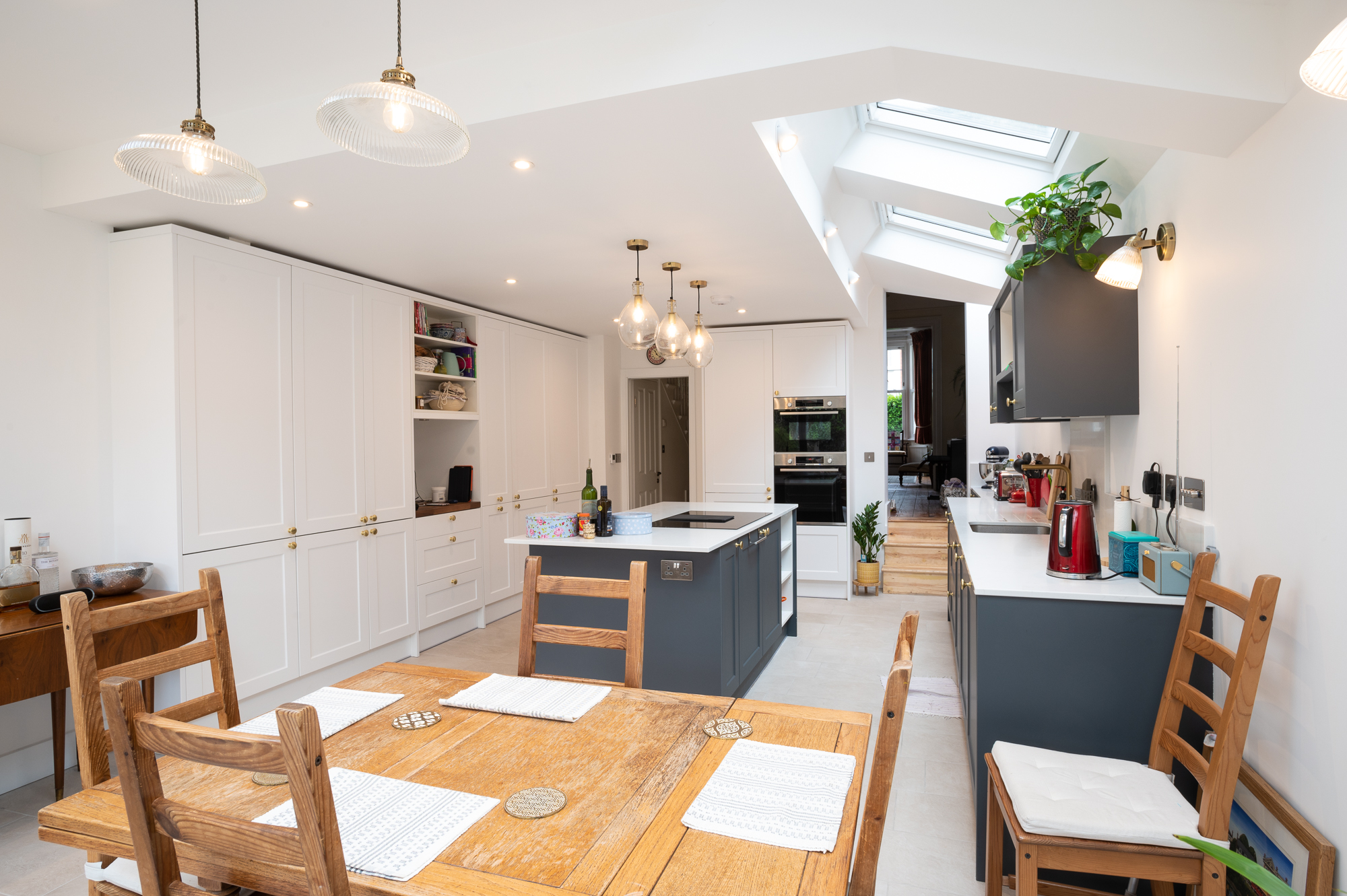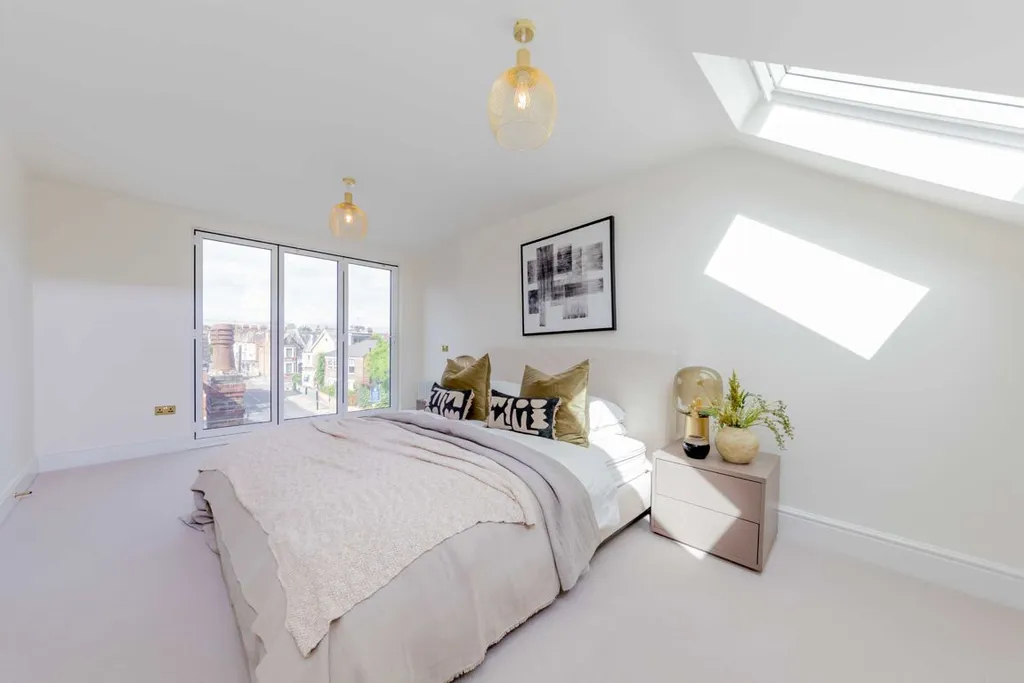Natural light heavily contributes to the comfort, well-being and spirit of a human being, but it acts differently in every situation. In architecture and construction, in the last few decades, technology has learned to bend this natural light to fulfil everyday purpose.
One can now diffuse or uniform light using large openings for big living spaces in hot and cold regions for light and ventilation. Many open plan kitchens have desired and zenith light from the huge sliding doors and skylight at the ceiling. That can be directed to a particular spot, in this case, the kitchen counter or dining room for a better cooking experience and warmer living space.
In many other design ideas, reflected light is used for purpose and presentation. Light in itself can create designs. Our experts discussed how that can be implemented in our regular lives to enjoy the natural light and boost that ever dropping serotonin level, bringing calmness and peace to the living room.
You should definitely consider where you want the light to enter from specifically and what purpose it should serve. Natural light is not just limited but also constantly changing in brightness and other factors.
Install skylights everywhere possible

Every professional will recommend this before anything as it is one of the fastest and cheapest ways to get your desired results. Rooflights can enhance your room drastically on a good sunny day.
They allow far more light compared to a normal window. For instance, all of the shopping malls and huge buildings replace their roofs with a huge glass cover.
Though skylight can be installed on any roof despite their slopeness, the light that comes through it hugely depends on the position of the room. A north facing room will have more neutral and constant light throughout the day.
Place sliding doors

Glazed or patio doors are a must these days to luminate dark kitchens and living rooms. With minimalist designs, maximum sunlight gets penetrated as the thin frames are out of the sight.
It is a useful tip as you might not keep the doors open on a chilly day and rather sit to enjoy the greenhouse effect the huge sliding doors will create. The lean frame provides a great view while flooding the light in the living area, adding a contemporary touch to your house.
Add more windows or expand old ones

Though that is not expert advice but a more obvious solution, it is slightly more expensive. You generally don’t need planning permission for this expansion or installation, providing it is under your permitted development rights.
The most important factor to consider while positioning vertical or horizontal windows is the direction. For instance – a north facing opening will have comparatively low sunlight piercing in.
Paint it white

Shades of white or any other lighter colour to your walls will make a room feel brighter and bigger by reflecting the natural light that enters the room. Darker colours tend to absorb more light, hence people generally paint off-white colour to add a warmer shade to the room.
Experts recommend painting ceilings lighter than the walls to create a roomy illusion for the roof. The space gives the feeling of a clean canvas waiting to be filled by your personality.
Buying white furniture is an additional layer of illusion to leave your house glowing every morning.
Trade solid walls

Glass is not just for an outside outlet, it can be an excellent partition on the inside. Living room can be separated from the kitchen using a complete glass wall with an opening passage in the middle. Its usage is drastically increasing in working spaces, libraries and other public places because of Covid-19.
Internal partitions can also be utilised as storage space. For instance – an open shelf with living space on both sides of it. That will regulate ventilation with light, keeping it open and airy for you and your plants.
Adding a glass door on the entrance can let a significant amount of light enter the front door.
Place more mirrors

Shiny aesthetics can make you see beyond the wall and create another world on the closed wall, making the room look bigger than it actually is.
It will also double the existing light by reflecting it back to the room rather than letting it escape. Mirrors are amazing finishers and won’t hurt in any corner of the living area.
Bedroom wardrobe usually have mirror doors, increasing the room size in vision if not physical dimension.
Design open staircase

To prevent the already present light from getting absorbed, planting floating staircase or glass steps can play a huge role.
You can choose from rising, helical or patterned designs for a greater sense of space and less surface to absorb away the limited light coming in the house.
Bring a sun tunnel

Dark corners of rooms with no possible access to a vertical window glow with the use of sun tunnels. It is a metal like pipe brought from the roof in most cases to the room that lacks light.
Many basement rooms often use this sort of lighting. It’s like a chimney but without the fan.
Establish right flooring

Just like walls, light flooring can also reflect light upto some extent, making it the right flooring. It can either be light coloured wood or ceramic and stone flooring with a finishing polish for a shiny surface. Moreover, subtle carpets are cherry on top.
Choose conservatory

Glass extensions are one of the best sources of sunlight inside the house. A glass room extension in the garden can fulfil all your Vitamin D requirements and your houses too.
This is definitely an expensive solution for maximum natural light but now you know more affordable solutions too like that of a simple mirror or light coloured walls, floors and furniture.
Our free counselling can help you more with a much specific explanation to your needs. You can book it for free on our website for basic recommendations and other conversions and expansions.




